VAC32: Decolonizing Fashion Studies: Rethinking Curriculum, Collections, and Creative Practice
About
Within fashion studies education and scholarship, we seek to identify ways to dismantle racism, classism, sexism, ableism, ageism, xenophobia, transphobia, and fatphobia in curriculum, university teaching collections, and creative design practice.
Open to New People
Inactive since: 2022
- Syracuse University
- Cornell University
- Rochester Institute of Technology
Collaborative Goals
Our goals are threefold and focus on ways to make curriculum, collections, and creative practice more accessible, equitable, inclusive, and anti-discriminatory. Fashion -- as a creative practice, complex industry, quotidian experience, and powerful site of subject formation -- is both full of productive possibility and yet also problematic in the ways that the industry, fashion museums, and even university curricula tend to perpetuate classism, sexism, ableism, racism, ageism, xenophobia, transphobia, and fatphobia. Dismantling structures of inequality in Fashion Studies requires that we analyze the current content of our programs, devise innovative pedagogical interventions, and develop initiatives and strategies that will diversify the curriculum, collections, and research projects, in addition to our student body and faculty.
In this Working Group, we have explored initiatives and possibilities that embed social justice within the pedagogical spectrum we employ in training students and the scholarship and research we conduct. We ask:
- How can we make our curricula more inclusive, accessible, and anti-discriminatory?
- How will we decolonize our fashion-related collections and diversify in ways that are respectful and ethical?
- How might our scholarly research, creative practice, and curatorial endeavors actively counter and critique forms of discrimination?
Group Organizers
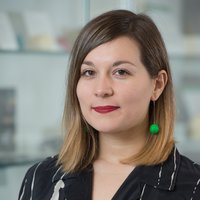
Courtney Hicks
Lead Curator, Curator of Plastics and Historical Artifacts, Special Collections Research Center, Syracuse University

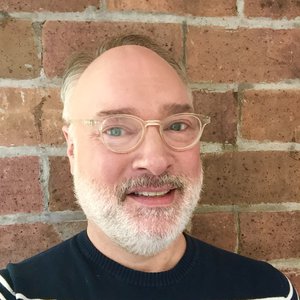
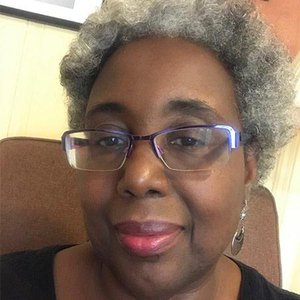
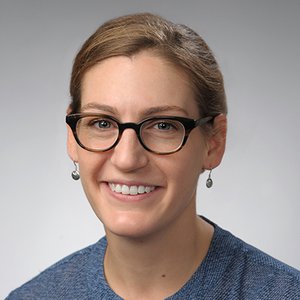
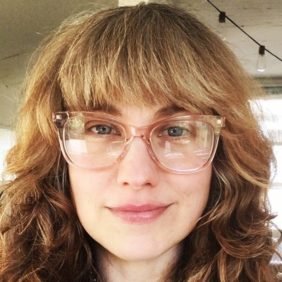

Activities
Working Group Meeting
Dec. 31, 2022, 12:45 p.m.
Annual Meeting and Tour of Cornell Fashion Facilities and Collections
May 9, 2022, 11 a.m.
Group Outcomes
- We held two public lectures: Dr. Tameka Ellington, who gave a hybrid of in-person and Zoom, and a second by Suuwayaqawilth (Jolleen Dick, Hupacasath First Nation), which was held on Zoom.
- Offering Zoom ensured accessibility across Central New York and beyond. A number of students attended both lectures, in addition to faculty and members of the general public. One lecture included approximately 60 attendees (between Zoom and in-person), and 30 attended the Zoom lecture.
- We received co-sponsorship for Dr. Tameka Ellington's lecture from Cornell's Public History Initiative, the Cornell Department of History, the Cornell Department of Fiber Science and Apparel Design, and Dr. Tasha Lewis's Weiss Teaching Fund.
- In addition, our Working Group was finally able to meet in-person once it was safe to do so, after the Spring 2022 semester ended. We toured the Cornell Fashion + Textile Collection, theAmerican Textile History Collection archives held in the Cornell University Library Annex, and discussed approaches to teaching, curation, and creative design practice that offered insights into achieving the goals previously outlined.